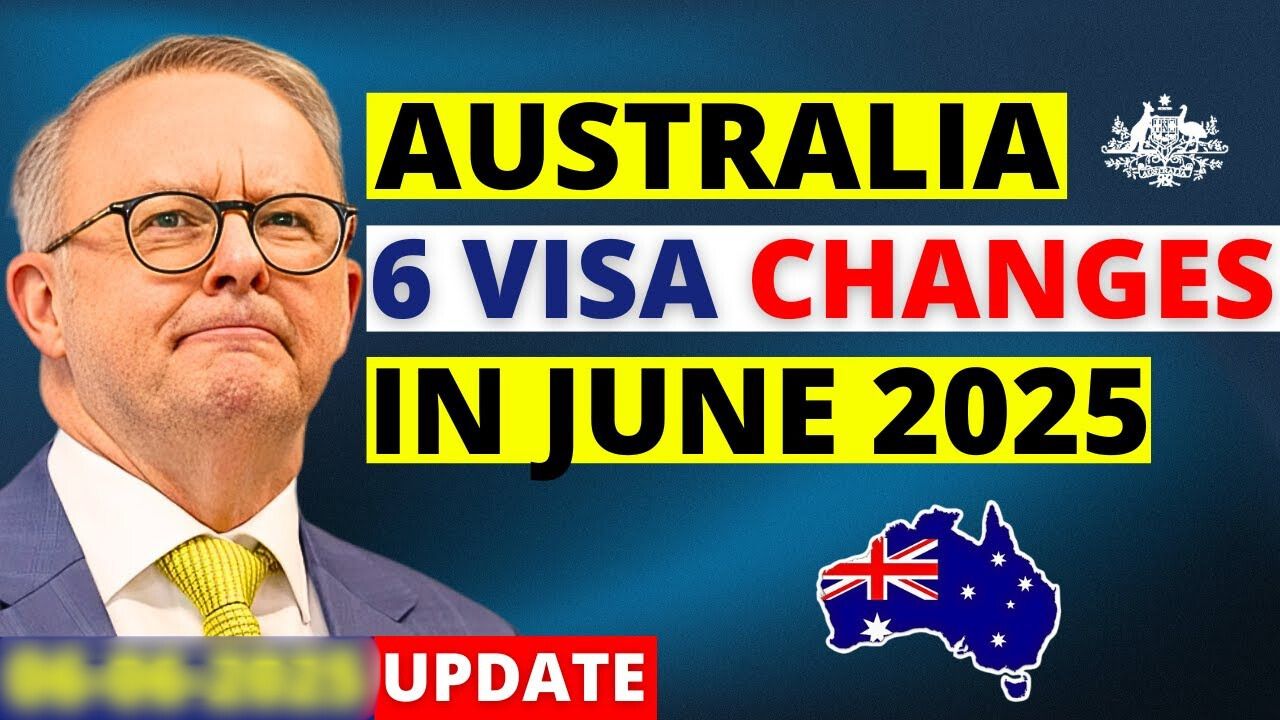In a move that caught many by surprise, the Australian Government has introduced significant changes to its visa rules in June 2025. These updates are part of a broader immigration reform strategy aimed at streamlining the migration process, protecting local workers, and ensuring that Australia remains competitive in attracting global talent.
The reforms touch on several visa subclasses, including student, skilled, and family visas, with changes in eligibility, processing times, and pathways to permanent residency.
What Prompted the Visa Rule Changes?
The Department of Home Affairs has described the changes as a necessary reset of Australia’s migration strategy to better align with labour market demands and national security goals. The COVID-era backlog, combined with an influx of applicants in 2024, forced the government to review existing frameworks.
These adjustments aim to balance the intake of skilled workers with the country’s need to ensure adequate housing, infrastructure, and employment opportunities for Australian citizens and residents.
Key Visa Changes Introduced in June 2025
The most notable changes have been made to student visa conditions, employer-sponsored visa programs, and permanent residency pathways for skilled migrants. The reforms include updated language requirements, higher minimum salary thresholds for employer-sponsored visas, and tighter restrictions on visa hopping between subclasses.
Here is a summary of major updates:
| Visa Type | Previous Rule | New Rule (June 2025) |
|---|---|---|
| Student Visa (subclass 500) | Work limit of 48 hours/fortnight | Reduced to 24 hours/fortnight during semester |
| Temporary Graduate Visa | 24-month validity for most degrees | Extended to 36 months for STEM fields only |
| Skilled Independent Visa | Points test threshold: 65 | Increased to 75 points |
| Employer-Sponsored Visa | Minimum salary: AUD 53,900 | Increased to AUD 70,000 |
| Family Reunion Visa | Unlimited applications annually | Annual cap introduced (30,000 places per year) |
These changes take immediate effect for new applicants, while transitional arrangements will apply to those already in the system.
Impact on Students, Workers, and Families
For international students, the reduced working hours may create financial pressure but aim to ensure that study, not work, remains the primary focus. Meanwhile, skilled migrants will face a more competitive process due to the higher points threshold, but those in priority sectors such as healthcare, engineering, and IT may benefit from faster processing and longer visas. Family visa applicants may now need to plan more carefully due to the new annual cap, particularly for partner and parent reunification.
Reactions and What’s Next
The changes have drawn mixed reactions. Universities and industry groups have expressed concern over the tightened student visa rules, fearing a drop in international enrolments.
However, business leaders have welcomed the raised salary thresholds, arguing they will help protect against worker exploitation. The government has stated it will monitor the impact closely and consider further refinements ahead of the 2026 migration planning round.
What Applicants Should Do Now
Individuals planning to apply for Australian visas are strongly encouraged to consult the official Department of Home Affairs website or seek professional immigration advice. Understanding the new criteria, deadlines, and transitional rules will be critical to avoiding delays or rejections.
While the surprise announcement may disrupt plans in the short term, it also reflects a broader shift toward a more targeted and sustainable migration program.



